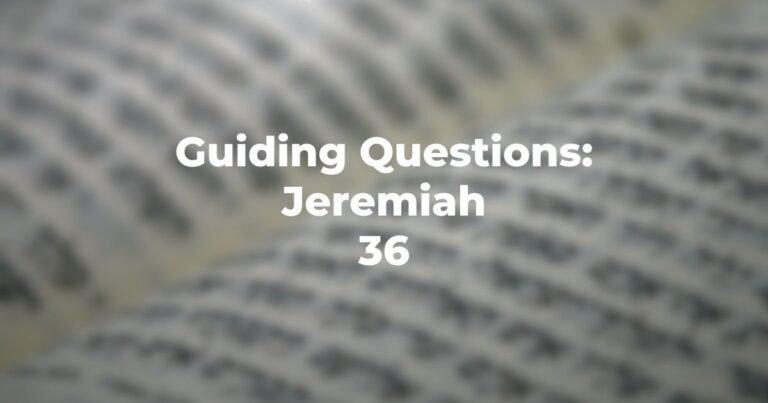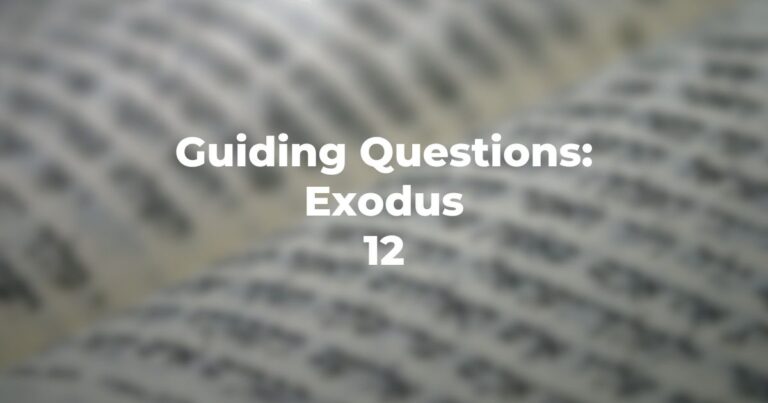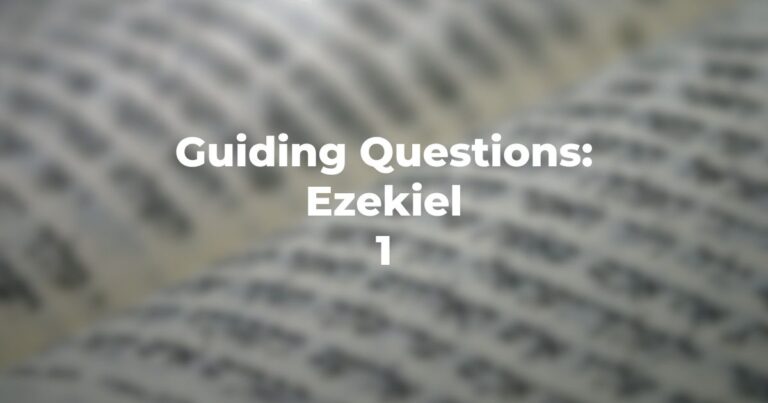- What was the response of (at least some of) those who had gathered around Ezra (Ezra 10:2-3)?
- Does Ezra 10:3 and the proposal set forth therein parallel what Ezra had actually said?
- Is it only the women (note, no reference is made to husbands) or, as well, the children from these unions who are to be “expelled”?
- To follow through on what had transpired (Ezra 10:7-8), what action is taken by Ezra?
- In Ezra 10:10 what is Ezra’s charge to those who have assembled?
- Is the charge to “make confession” or, as well, to expel “the foreign women”?
- Ezra 10:12 indicates that the reaction of the people was to accept Ezra’s mandate. However, is this modified by the observations in Ezra 10:13-14?
- According to Ezra 10:16-18 was it only the “laity” who had intermarried or were there priests as well (Ezra 10:18 et seq.)?
- Does the ending of this volume appear to be rather abrupt? Would it seem to document the point of view of those who observe that, basically, the books entitled Ezra, Nehemiah and, quite possibly Chronicles in essence constitute one volume and that the division was rather arbitrary?
Author
-

Exploring Judaism is the digital home for Conservative/Masorti Judaism, embracing the beauty and complexity of Judaism, and our personal search for meaning, learning, and connecting. Our goal is to create content based on three core framing: Meaning-Making (Why?), Practical Living (How?), and Explainers (What?).
View all posts




